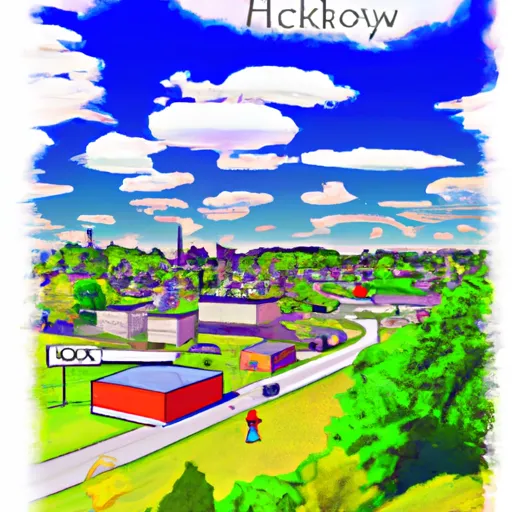°F
°F
mph
Windspeed
%
Humidity











Mowrystown, Ohio is a small village located in Highland County. The climate in Mowrystown is classified as humid continental, characterized by warm summers and cool winters. Average temperatures range from around 30°F (-1°C) in winter to 85°F (29°C) in summer, with moderate rainfall throughout the year.
The village is surrounded by diverse hydrology constituents. The nearby Rocky Fork Creek, a tributary of the Ohio River, offers opportunities for fishing and boating enthusiasts. The creek is known for its population of smallmouth bass, catfish, and sunfish, attracting anglers from near and far.
In addition to fishing, Mowrystown and its surrounding areas provide numerous outdoor recreation opportunities. The region boasts picturesque hiking trails, such as the nearby Highlands Nature Sanctuary, which offers scenic views and glimpses of various wildlife species. Campgrounds in the area, including Rocky Fork State Park, provide facilities for camping, picnicking, and swimming. Nature lovers can also explore the nearby Paint Creek State Park, featuring hiking trails, boating, and birdwatching.
Overall, Mowrystown offers a pleasant climate, diverse hydrology constituents, and abundant opportunities for outdoor recreation, making it an attractive destination for nature enthusiasts.
Weather Forecast
Mowrystown receives approximately 1118mm of rain per year, with humidity levels near 81% and air temperatures averaging around 12°C. Mowrystown has a plant hardyness factor of 6, meaning plants and agriculture in this region thrive during a short period during spring and early summer. Most plants will die off during the colder winter months.
Nearby Snowpack Depths
2
Inches
Regional Streamflow Levels
87
Cubic Feet Per Second
462
Cubic Feet Per Second
1,150
Cubic Feet Per Second
56
Cubic Feet Per Second
Nearby Camping
| Camping Area | Reservations | Toilets | Showers |
|---|---|---|---|
| Natural Bridge State Park | |||
| Turkey Foot Rec Area | |||
| Clay County Campground | |||
| Clear Creek Rec Area | |||
| Koomer Ridge Rec Area |



